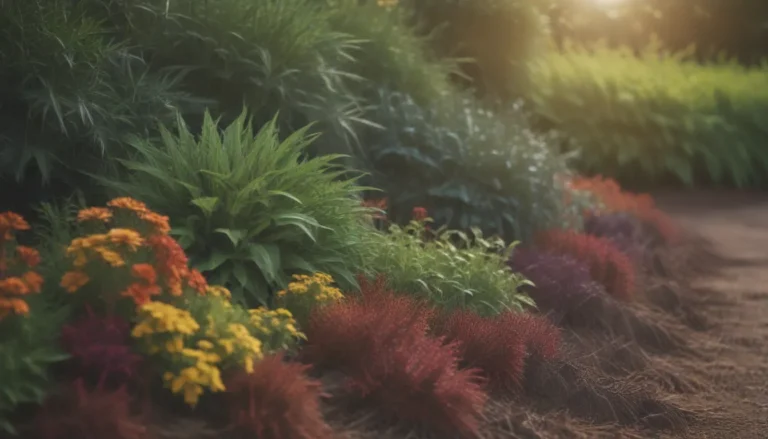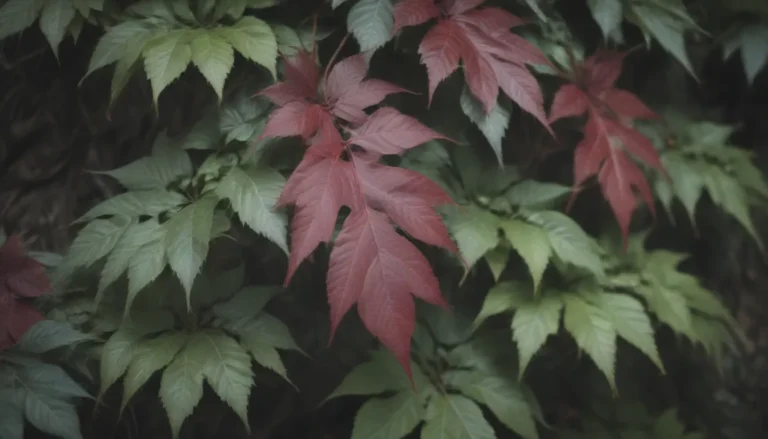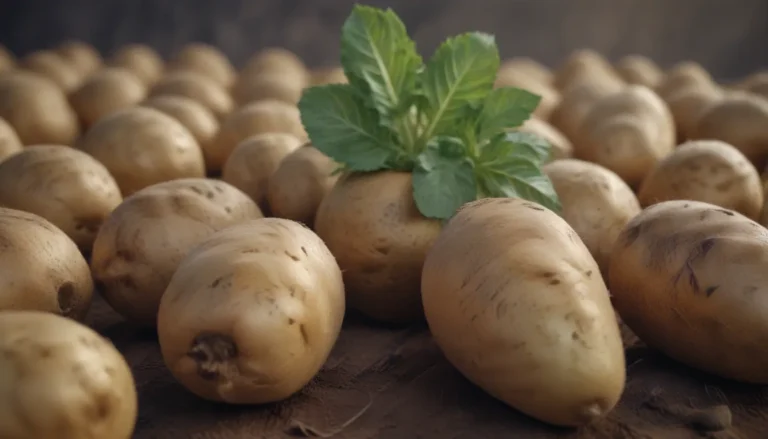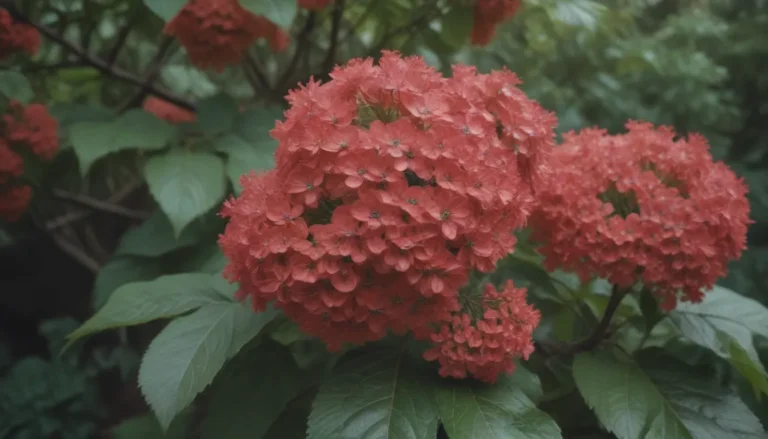The Ultimate Guide to Growing and Caring for Chia Seeds
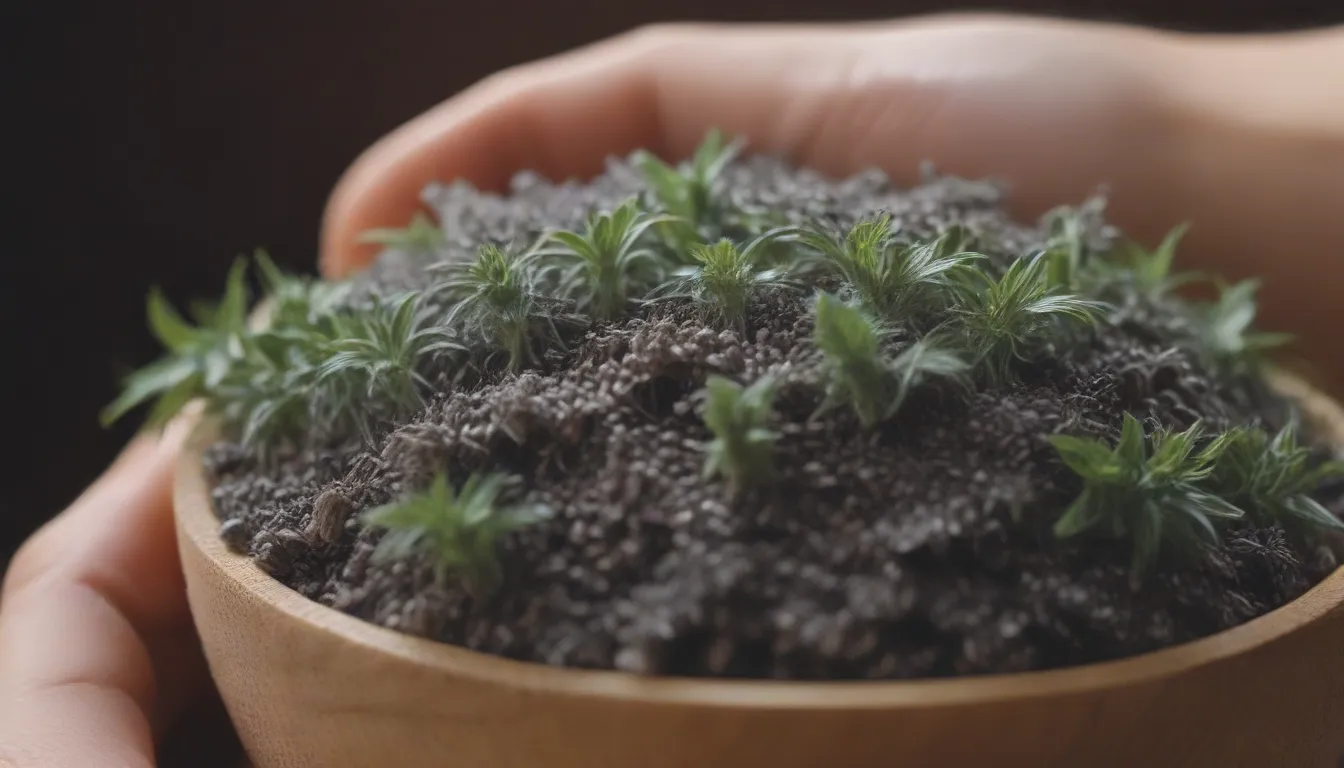
Chia seeds have taken the health and nutrition world by storm, thanks to their impressive range of benefits. These tiny seeds come from an annual herb that thrives in warm climates and is native to Mexico and Guatemala. While the chia plant itself has some ornamental value, it’s the seeds that steal the show with their nutritional powerhouse status. In this comprehensive guide, we’ll walk you through everything you need to know about growing and caring for chia seeds in your own garden.
Understanding Chia Seeds
Chia is an herb that produces bell-shaped flowers on tall spikes, showcasing a beautiful violet-blue color. When it comes to cultivation, chia plants are relatively low-care and easy to grow, making them an excellent choice for both experienced and novice gardeners alike.
Chia Plant Care
If you’re interested in harvesting chia seeds for personal use, you’re in luck. Chia plants are low-maintenance once they’re established, particularly in hot regions of North America. Here are the key care requirements to keep in mind:
Light
Chia plants thrive in full sun and are exceptionally heat-tolerant, even in the hottest summer days.
Soil
These plants are versatile and can adapt to various soil conditions. While they prefer sandy soil, they can also grow in clay soils as long as there is proper drainage. If you’re planting chia in pots, opt for a commercial growing mix with added sand and use unglazed terra-cotta pots for optimal moisture absorption.
Water
Chia plants are drought-tolerant and require minimal watering once established. They can adapt to different conditions and are known to be resilient, making them one of the first plants to re-emerge after a fire.
Temperature and Humidity
Chia plants thrive in warm weather and are not cold-tolerant. Maintain temperatures between 61°F and 79°F for optimal growth.
Fertilizer
If your soil is nutrient-rich, chia plants won’t require additional fertilizer. In poor soil conditions, consider adding compost to enhance growth.
Different Types of Chia Plants
There are several varieties of chia plants, with Salvia hispanica (Mexican sage) and Salvia columbariae (desert chia) being the most common options for cultivation.
Growing Chia Plants from Seeds
Chia plants typically grow in USDA zones 8-11, but new seed strains are being developed for colder regions. If you’re in the appropriate growing zone, you can sow chia seeds like you would with other annual flowers.
Encouraging Blooms in Chia Plants
Chia plants are annuals that bloom from late spring to early summer, depending on rainfall. To enhance blooming, ensure your plant gets at least six hours of direct sunlight daily and avoid overwatering.
Common Problems and Solutions
While chia plants are relatively pest and disease-resistant, they may encounter a couple of issues:
Root Rot
Overwatering can lead to root rot and browning in chia plants. To prevent this, water sparingly as these plants thrive in drier conditions.
Heat Sensitivity
Despite being drought-tolerant, chia plants are sensitive to extreme heat. During heatwaves, provide extra water to keep the plant healthy and thriving.
Chia seeds are a nutritional powerhouse, packed with essential nutrients like protein, fiber, and healthy fats. They also contain antioxidants like quercetin, making them a popular addition to various foods and beverages such as cereals, granola bars, and smoothies.
In conclusion, growing and caring for chia seeds is a rewarding experience that can provide a bountiful harvest of nutrient-rich seeds. Whether you’re a seasoned gardener or just starting out, chia plants are a fantastic addition to any garden. So, grab your gardening tools and get ready to reap the benefits of cultivating your very own chia seeds!
